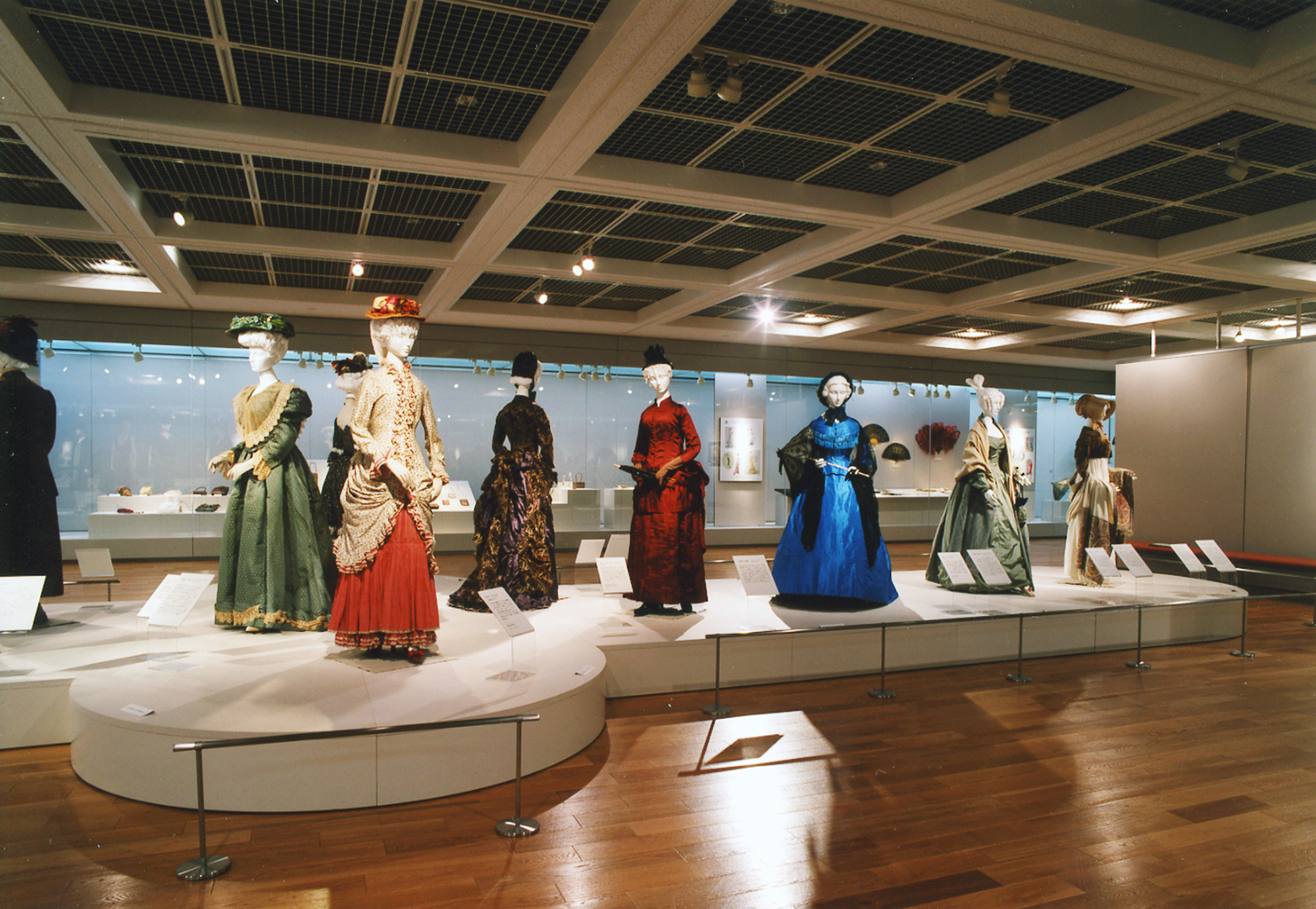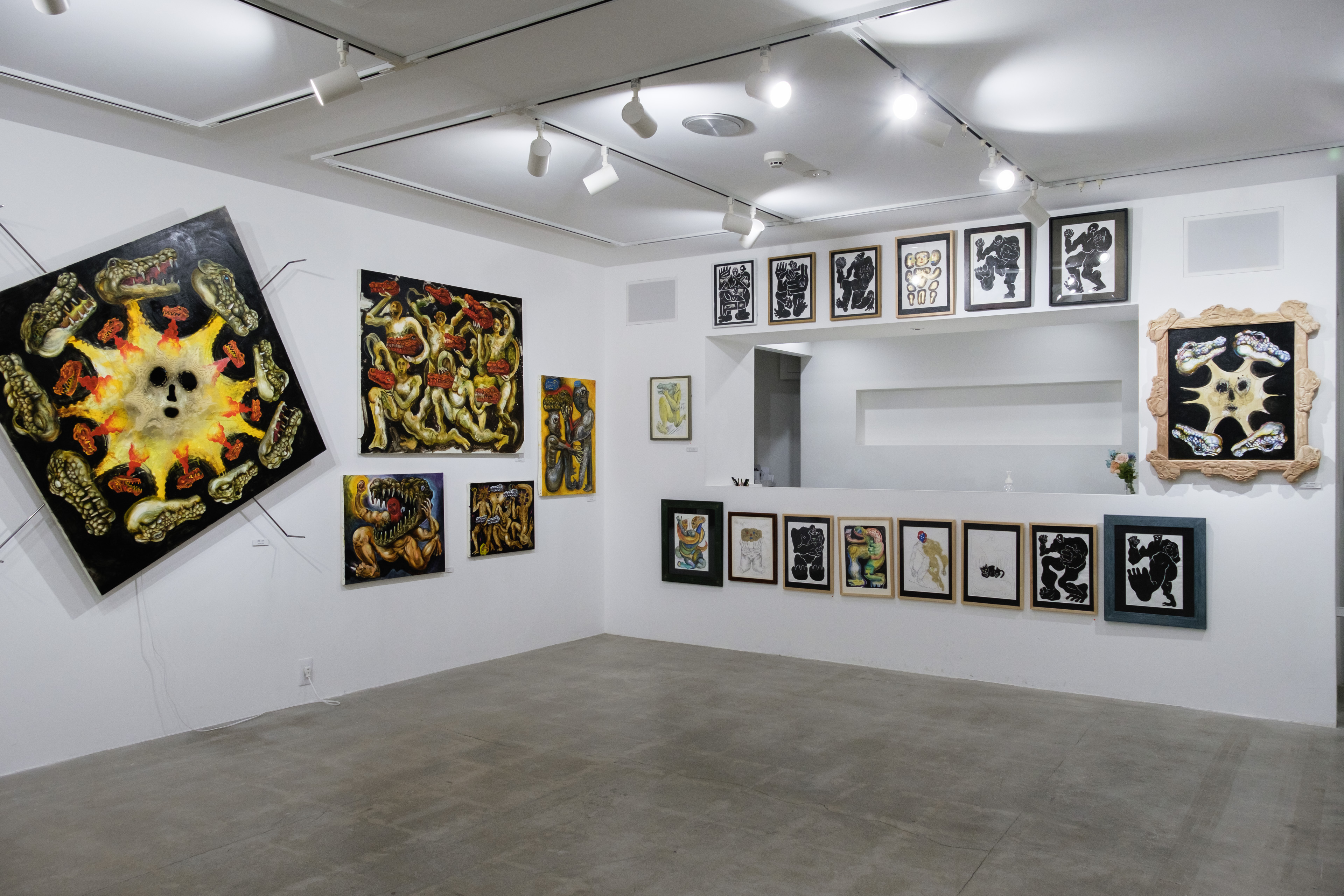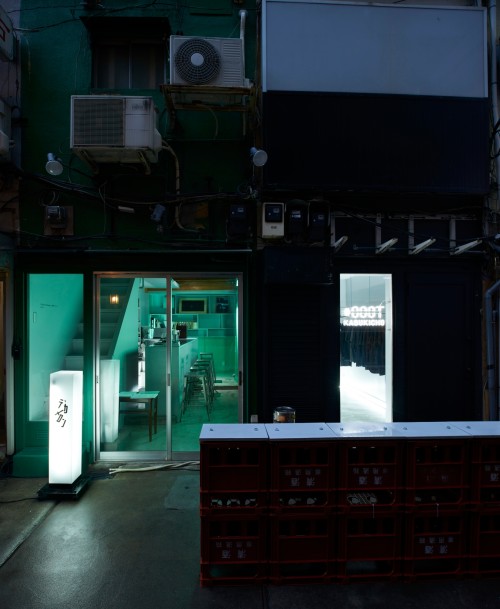Shinjuku Art Guide - 10 Diverse Art Spaces Around Japan's Busiest Terminal Station
Entrance to Godzilla Road (Kabukicho)
Shinjuku, Japan’s busiest train and bus terminal, is a bustling area filled with restaurants, apparel shops, cinemas, and electronics stores. Visiting Shinjuku Station for the first time is often a bewildering experience.
In this gallery guide, we introduce galleries and art spaces around Shinjuku Station. We will start from Hatsudai and follow a route through Nishi-Shinjuku, Yoyogi, Shinjuku-Sanchome, Kabukicho, and Higashi-Shinjuku.
Tokyo Opera City Art Gallery
Tokyo Opera City Art Gallery is located on the third floor of Nishi Shinjuku’s cultural facility, Tokyo Opera City Tower. The gallery opened in 1999. Four times a year, the gallery showcases contemporary art of various genres in its large, 6-meter-high exhibition rooms. Notable recent exhibitions include Mao Ishikawa’s What Can I Do? (2023), Izumi Taro’s Sit, Down. Sit Down Please, Sphinx. (2023), and Ryan Gander’s The Markers of Our Time (2022).
In addition to special exhibitions, there are also regularly held exhibitions such as “Project N,” introducing two-dimensional work by young artists, and the “Collection Exhibition,” showcasing approximately 4,000 post-war Japanese art pieces. Gallery visitors have the opportunity to enjoy these excellent exhibitions in addition to the special exhibitions.

NTT ICC Inter Communication Center
Located on the 4th floor of Tokyo Opera City Tower is the NTT ICC Inter Communication Center, where you can appreciate and experience art using the latest technology. Since its opening in 1997, the ICC has been hosting exhibitions featuring media art using technologies such as virtual reality and interactive techniques. In the exhibition Viewpoints of Reality in the Multi-Layered World (2022), which focused on emerging technologies such as the metaverse and mirror world, works by artists like Akihiko Taniguchi, Sayora Uchida, and Marin Fujiwara were showcased. The annual long-term exhibition ICC Annual 2023: Shapes of Things (2023) and the summer holiday programs for children are also part of the ICC’s attractions. Starting in December 2023, ICC will host the Tribute to Ryuichi Sakamoto: Music / Art / Media exhibition.
The 5th-floor lobby features a timeline and exhibition of materials related to art, culture, and scientific and technological advancements from the 20th century. This space is a must-visit for those interested in media art.

Kenji Taki Gallery
Near Tokyo Opera City, also in the Nishi-Shinjuku area, is the Kenji Taki Gallery. The gallery started in Nagoya in 1994 and expanded to Tokyo in 1998. It features work by mid-career and veteran artists such as Chiharu Shiota, Nami Yokoyama, Kengo Kito, Saburo Muraoka, Isamu Wakabayashi, Alfredo Jaar, and Wolfgang Laib. If you are someone who frequents museums and art festivals, you may have come across the names or works of artists affiliated with this gallery. When in Nishi-Shinjuku, be sure to stop by.

Bunka Gakuen Costume Museum
If you proceed from Opera City to Shinjuku along the Koshu Kaido, on your right will be the Bunka Gakuen Costume Museum, affiliated with the Bunka Gakuen educational institution. The museum, established by the Bunka Gakuen school corporation, specializes in costumes. The school was founded in 1923, and the museum opened its doors in 1979. With the theme of “understanding Japanese and global cultures through clothing,” the museum holds approximately four special exhibitions annually, primarily featuring items from its collection.
The collection includes garments from Japan spanning the Edo period to the present day, dresses from 18th to 20th-century Europe, as well as distinctive ethnic costumes from regions such as Asia, Africa, and Central and South America. It encompasses a wide range of clothing and textile items from different times and places. For those who have not visited, curator Mitsuyo Kanai shared the following comment:
Clothing is an indispensable part of our lives, but because it is so familiar, perhaps many people have not consciously thought about it. Please come and take a peek into the wide and deep world of 'clothing,' which is close to us but may not be well-known when you stop to think about it.


Gallery10 [TOH]
Instead of heading directly to Shinjuku Station, let’s take a slight detour to Yoyogi Station. Once you cross under the elevated tracks, you will see a neon sign and billboard with “TOH” written on them. On the first floor of that building, beyond the door shaped like a vending machine, you’ll find Gallery10 [TOH]. This space started in 2021 as part of the community revitalization efforts in the Yoyogi Station East Exit area. It aims to collaborate with emerging artists, primarily in their 20s and 30s.
Just a 10-second walk from the east exit of Yoyogi Station and about a 10-minute walk from Shinjuku Station, this gallery boasts an excellent location. According to the gallery owner, Mina Oba, “Many visitors make this gallery their final stop on their gallery tours and then go with the artists to the nearby revitalized traditional houses turned into a dining area.” It’s highly recommended to check out an exhibition after work or school and then have dinner in the vicinity.


Ken Nakahashi
Let’s head towards Shinjuku 3-chome, past Shinjuku Gyoen. In a multi-tenant building near the Shinjuku 2-chome intersection, on the 5th floor, you’ll find Ken Nakahashi. Established in 2014, the gallery has showcased works by artists such as Shinji Ibara, Mihoko Ogaki, Yasushi Ebihara, Eric Swars, Yuto Kasai, Masaharu Sato, Hiroki Harada, Mariko Matsushita, Eiki Mori, Jorgan Axelvall, and Ren Han.
Kenichi Nakahashi, the gallery owner, shared the gallery’s philosophy and policy, saying, “Remember distant places, encounter unknown entities, and engage in dialogue. We strive to create a space where such complex and rich endeavors are possible.” In the exhibitions at this gallery, you may find new perspectives on complex issues as they open up to dialogues with constantly emerging societal problems and others with whom easy empathy is not readily achievable.

Isetan Shinjuku Store
In the vicinity of Shinjuku Station, where there are numerous department stores, you’ll find galleries as well. One such gallery is located within the Isetan Shinjuku Store, just in front of Shinjuku 3-chome Station. The art gallery is situated on the 6th floor of the same building, with the concept of “spreading the joy of having art.” It showcases and sells work from various genres, including contemporary art, Western and Japanese paintings, crafts, and prints. One distinctive feature is the weekly rotation of exhibitions.
While one might be wary of galleries within department stores, this gallery offers a chance to encounter artworks different from those in typical urban galleries. If you have errands in the Shinjuku Station area, why not drop by and explore?


Photographers’ Gallery
The area between Shinjuku 3-chome Station and Yotsuya Station is known for its many publishing companies and galleries specializing in photographic expression. Let me introduce the Photographers’ Gallery located in Shinjuku 2-chome, which opened in 2001. As the name implies, the gallery is run by photographers and, in addition to exhibits, holds lectures and publishes a magazine.
In an era where photography’s influence is increasingly strengthened through the internet and social media, Nana Kakuda, an artist involved in the operation, says the following about the gallery, “Photography is a ‘medium’ for photographers to deepen the reality acquired through various activities and encounters and further resonate with them.” Through the medium of the gallery, explore the fascinating aspects of photography as art.


Decameron
Now, let’s head to the heart of Kabukicho. Decameron opened in 2020 as a space where the second floor serves as an exhibition space, and the first floor features a community space with a bar counter, providing a place for both appreciation and social interaction. They actively engage in collaborations with nearby galleries, such as the co-curated exhibition Super Vision / Deportare with Whitehouse and participation as a venue in the Shinjuku Flux Art Festival in 2022, where gallery10[TOH] also participated.
According to director Kiyoshi Kurotaki, Decameron not only operates exhibitions but also sets themes as a gallery. The theme for 2023 is “Evaluation.” The space offers a unique charm where visitors can not only appreciate the artworks but also engage in friendly conversations with artists, staff, and other attendees.


Whitehouse
The last space to introduce is Whitehouse, which spans across Shin-Okubo Station, Nishi-Shinjuku Station, and Higashi-Shinjuku Station. The building, designed by Arata Isozaki, was completed in 1957 and initially served as the residence and studio of Masunobu Yoshimura, a central figure in the Japanese avant-garde art group “Neo Dadaism Organizer.” Subsequently, it was used as the residence and cafe of the painter Shinya Miyata and later became the studio of the artist collective Chim↑Pom from Smappa! Group. The current setup, initiated in 2021, involves Ryuta Ushiro, a member of Chim↑Pom from Smappa! Group, and artists Tomohito Waki and Nao Nakamura. When asked about the points he pays attention to in managing the space, Waki mentioned, “We try to impose as few regulations as possible on artists.”




